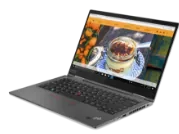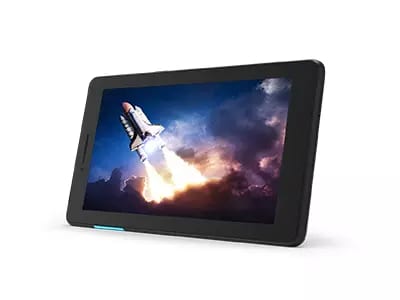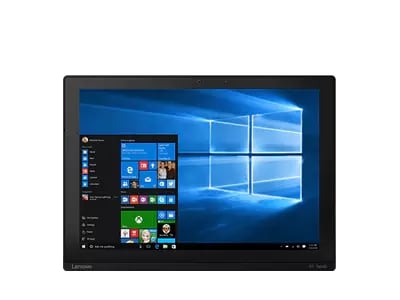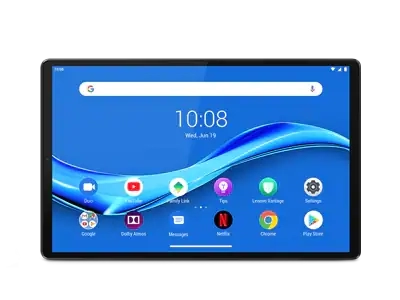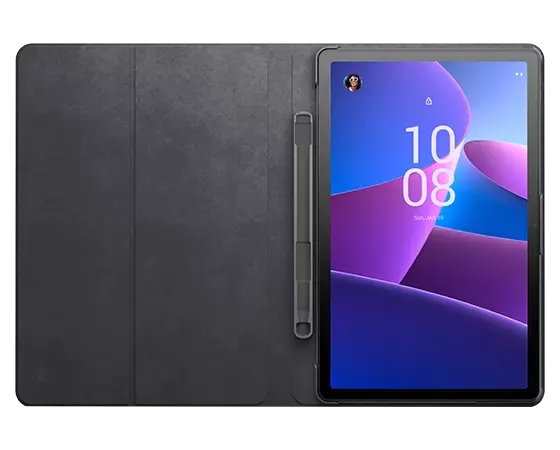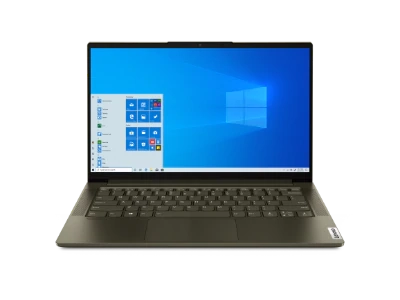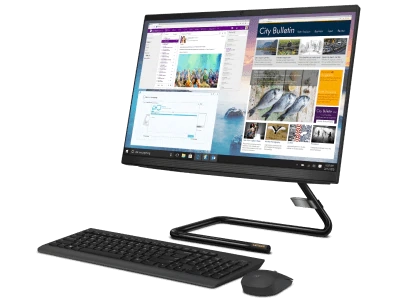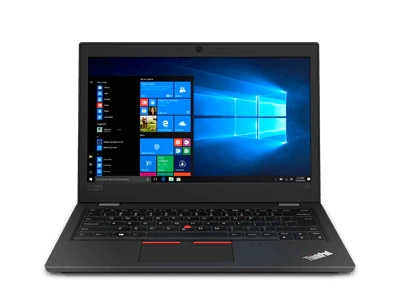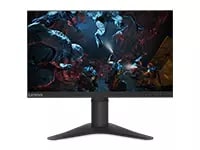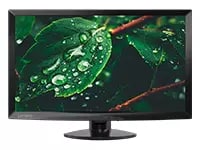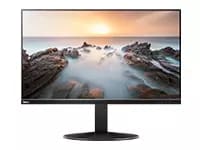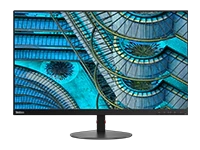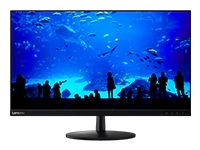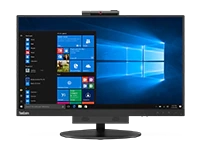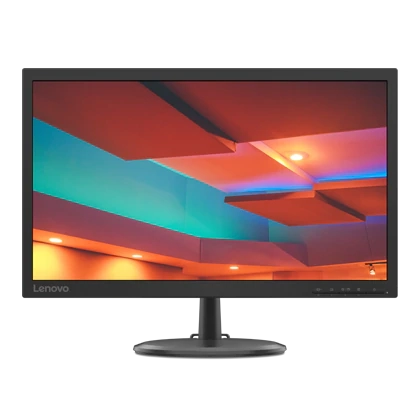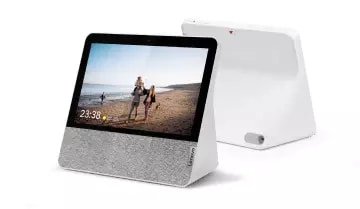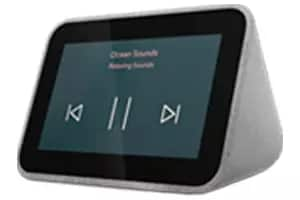How Much RAM Do You Need for a Laptop?
Random Access Memory, or RAM, is the unsung hero of the computing world. Computer manufacturers love to boast about CPU power, or the size and resolution of the display, or even more commonly in the case of laptops, how thin the computer is. Now don’t get us wrong, these are all important specs, but savvy computer shoppers know to also pay attention to a lesser-promoted spec: How much RAM the machine has.
Why does this matter and how can you know what numbers you should be looking for? Read on, and we will tell you everything you need to know – and it won’t feel random at all.
What is RAM and what does it do?
At a very basic level, a computer is comprised of three main components.
- The CPU: The CPU is the part that actually does the computing.
- The Hard Drive: The hard drive contains everything the CPU is going to need to do its job, including the operating system, apps, and files.
- The RAM: RAM, the memory, stores just the portion of the of data from the hard drive that the CPU needs at any given moment.
RAM vs the Hard Drive
In some ways, a PC’s RAM and hard drive are similar because RAM and the hard drive both store information. Where a hard drive is designed to read and write large chunks of information at a slow but steady speed, RAM operates thousands of times faster. RAM is a crucial component to your computer. Without it, all of your information would be stored in a place that is impossibly slow to access, which would make your computer equally slow.
The more RAM you have, the more information can be stored in this super-fast memory, instead of the much slower hard drive. In other words, it’s your RAM – more than almost any other component – that dictates how “fast” your computer feels. The more applications you have open at once, or the more demanding those apps are of computing power, the more you will notice a speed difference when it comes to how much RAM you have. For example, if you are trying to play a resource-intensive video game or use Illustrator or Photoshop, the less RAM you have, the slower your computer will be when you’re trying to game or edit that photograph.
There’s also a relationship between the amount of memory you have, and the amount of free space on your hard drive. If your computer has a small amount of RAM – say, 2GB – it will be forced to read and write to the hard drive far more regularly, which slows things down. If your hard drive has very little free space, those reads and writes will become slower as the CPU has to spend more time juggling files in order to get to them.
How much RAM do you actually need?
For basic, day-to-day computing, 8GB of memory should be sufficient. That gives you enough room to fully load Windows, plus a few productivity apps, and a web browser. As long as you don’t open dozens of tabs in your browser or forget to quit apps that you no longer need to have running, you shouldn’t encounter any performance issues. If you’re conscientious about closing unused apps, you’ll find that 8GB is also enough RAM for most game titles (some only require 4GB), as long as you’re not running them at their maximum settings.
Once you start needing multiple apps open at once, for instance, an email client, a browser, Adobe Acrobat, several Microsoft Office apps, and perhaps a communication client like Slack, those 8GB of RAM will be quickly overwhelmed. If you’re a major multi-tasker, you’ll find that 16GB of RAM will give you the extra room you need to keep all of those programs running smoothly. It’s unlikely you’ll find a game that can’t run very smoothly with 8GB of RAM, though you may have to be careful about which other programs are running at the same time. Crysis 3 might be content sharing the stage with Microsoft Word and Outlook, but you’ll need to stay away from heavier demands like websites with lots of ads and auto-play videos.
More than 16GB is probably unnecessary for most people. Keep in mind: RAM is like seats on an airplane. There’s no point using a 747 to fly between two cities when the plane is half empty for almost all of the flights – it costs a lot more than a smaller plane and you simply aren’t using its full potential. Having more RAM is only beneficial if your computing needs are going to make use of that extra space. For gamers, your best guide is to look at the recommended (not the minimum) specs for your favorite games. These will list the CPU, GPU and RAM requirements needed for a great gaming experience.
Still, there are people who can benefit from more, and 16GB of RAM is perfect for those who like keeping dozens of tabs open in a browser, while simultaneously working on large documents, or, video and graphics professionals who routinely need to work with very large files. Gamers who want to run more than just their game while they’re playing can also benefit from 16GB, but if you’re looking for better gaming performance once you have 16GB of RAM, you’re probably better off looking at upgrading your CPU or graphics card. A gaming laptop will give you the greatest amount of options.
More resource-intensive operations may require even more RAM, 32 GB or more. This amount of memory is a must-have for powerhouse workstations. This is a good fit for the types of jobs that need a lot of computing power, typically in a professional setting.
RAM for laptops vs. RAM for desktops
One thing to keep in mind when thinking about your laptop RAM needs is that laptops can be harder (and sometimes impossible) to upgrade after purchase. This contrasts with desktops, most of which are designed to be easily upgraded over time.
How to Buy More RAM
RAM modules take up precious space, so laptops are typically engineered with only two RAM slots, and both are usually occupied by existing memory when you buy it. This means that a laptop that comes from the factory with 4GB of memory, likely has two 2GB memory modules installed. To upgrade to 8GB, you can’t just buy 4GB of RAM. You’ll need to remove the existing two 2GB modules and replace them with two 4GB modules, which forces you discard, or try to sell the now-useless 2GB modules.
Desktops often have three or more slots, of which only two are generally in use when the computer ships, making it easier and less wasteful when it comes to upgrades. This is why we generally advise that you buy a laptop that already comes with the amount of RAM you think you’ll need, instead of relying on the ability to upgrade at a later date.
How to Shop for RAM
There are many different kinds of RAM on the market, and only the kind that’s specified for your laptop will work, so be very careful when shopping.
It’s not just about selecting the amount of RAM you need, it’s also about matching up several key specs, such as:
- – Type: SRAM, DRAM, and SDRAM are the three main types of RAM
- – Data rate: Currently there are five types of data rates -- SDR, DDR, DDR2, DDR3, and DDR4
- – Speed: Usually listed after the data rate e.g. DDR3-800, RAM speed indicates how fast it’s able to be accessed by the CPU
- – Module size and type: Desktop and laptop memory modules can have different physical sizes. Desktops often use DIMM (Dual Inline Memory Module) whereas laptops use SO-DIMM (Small Outline Dual Inline Memory Module). There can also be differences in the number of pins (the tiny contacts on the bottom of the RAM)
If you’re not sure which module is right for your computer, don’t guess. You can find out for sure by contacting the manufacturer. The support page for your particular model will usually list the exact specifications you need. Failing that, take your laptop to your local retailer where one of their staff can help you make the right selection.
Buy the RAM You Need
Buying a laptop with the right amount of RAM is like buying a house or a condo – you should try to find one that meets your needs for the foreseeable future, and not just your immediate demands. That’s because – much like switching homes – it can be a hassle and an unplanned expense if you find you need more than you have.
But at the same time, there’s not much to be gained by buying way more than you need. The difference between 8GB and 16GB is significant, and very few people find that they need that extra memory. Remember: More RAM is only going to make your computer feel faster if you actually use the extra space.
Finally, if you think you have enough RAM, but your computer feels like it’s running slowly, check your hard drive. A hard drive that is more than 75 percent full will start to slow things down. Getting rid of unused files or transferring them to an external drive so that you can free up some space might be the easiest upgrade of all.


Limits: Orders limited to 5 computers per customer. For larger quantities, go to the “Where to Buy” section of the website for details of resellers and retailers of Lenovo products
Offerings and Availability: All offers subject to availability. Offers, prices, specifications and availability may change without notice. Product offerings and specifications advertised on this website may be changed at any time and without notice. Models pictured are for illustration purposes only. Lenovo is not responsible for photographic or typographic errors..
PCs shown here are shipped with an operating system.
Prices: Web prices advertised include VAT. Prices and offers in the cart are subject to change until the order is submitted. *Pricing - savings referenced off regular Lenovo web prices. Reseller prices may differ from those advertised here.
**Battery: These systems do not support batteries that are not genuine Lenovo-made or authorised. Systems will continue to boot, but may not charge unauthorised batteries. Lenovo has no responsibility for the performance or safety of unauthorised batteries, and provides no warranties for failures or damage arising out of their use. **Battery life is based on the MobileMark® 2014 methodology and is an estimated maximum. Actual battery life may vary based on many factors, including screen brightness, active applications, features, power management settings, battery age and conditioning, and other customer preferences.
Finance is provided by Duologi. Duologi is the trading name of Specialist Lending Ltd.
General: Review key information provided by Microsoft® that may apply to your system purchase, including details on Windows 10, Windows 8, Windows 7, and potential upgrades/downgrades. Lenovo makes no representation or warranty regarding third-party products or services.
Trademarks: Lenovo, ThinkPad, IdeaPad, ThinkCentre, ThinkStation and the Lenovo logo are trademarks of Lenovo. Microsoft, Windows, Windows NT, and the Windows logo are trademarks of Microsoft Corporation. Ultrabook, Celeron, Celeron Inside, Core Inside, Intel, Intel Logo, Intel Atom, Intel Atom Inside, Intel Core, Intel Inside, Intel Inside Logo, Intel vPro, Itanium, Itanium Inside, Pentium, Pentium Inside, vPro Inside, Xeon, Xeon Phi, Xeon Inside, and Intel Optane are trademarks of Intel Corporation or its subsidiaries in the U.S. and/or other countries.© 2023 Advanced Micro Devices, Inc. All rights reserved. AMD, the AMD Arrow logo, Athlon, EPYC, FreeSync, Ryzen, Radeon, Threadripper and combinations thereof are trademarks of Advanced Micro Devices, Inc. Other company, product or service names may be trademarks or service marks of others.






